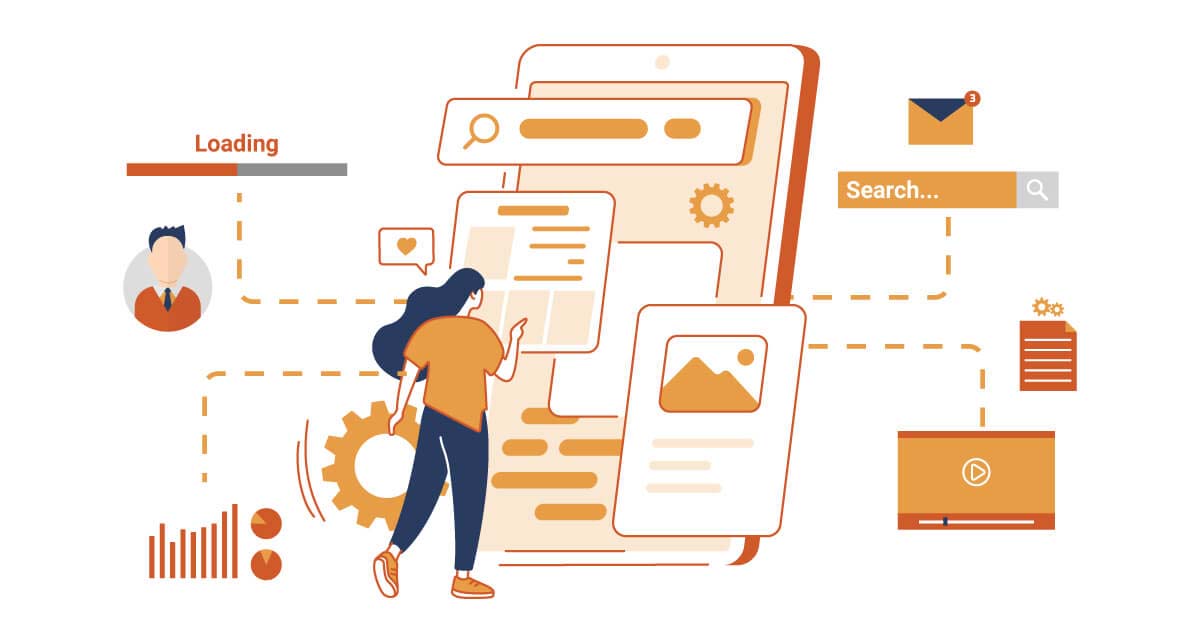Designing Inclusive Mobile Apps For All Users
Inclusive design ensures mobile applications are accessible and usable by people of all abilities. This approach values diversity by recognizing different needs and circumstances. When developers focus on inclusivity, they improve experiences for everyone. Therefore, inclusive design is no longer optional but essential in today’s mobile landscape.
Inclusive Mobile Apps
Accessibility basics
Accessibility in mobile apps goes beyond meeting regulations. It requires considering users with disabilities, older adults, and those with temporary limitations. By applying proper color contrasts, text alternatives, and adjustable font sizes, developers create flexible interfaces. As a result, mobile products become more usable for wider audiences.
Universal design
Universal design principles aim to make applications usable without adaptation. This method promotes features that work across various devices, languages, and cultural backgrounds. Clear navigation, intuitive gestures, and simple layouts enhance inclusivity. Consequently, users gain confidence while interacting with mobile experiences regardless of their abilities.
Assistive technology
Mobile apps should integrate seamlessly with assistive technologies like screen readers, magnifiers, or voice commands. Developers can test compatibility by using built-in accessibility tools on Android and iOS. This proactive approach uncovers barriers that hinder user interaction. Ultimately, proper integration ensures that everyone can access core features effectively.

Inclusive language
Text and messaging inside apps must reflect respectful, inclusive language. Simple words, positive phrasing, and multilingual support reduce confusion. Inclusive language fosters trust and avoids alienating groups. Thus, careful attention to words contributes to better engagement across global communities.
Visual clarity
Designers must prioritize high contrast, scalable fonts, and adaptable layouts for users with visual impairments. Avoiding clutter and offering customizable themes improve readability. These features also benefit users facing low-light conditions or small screens. Hence, visual clarity plays a key role in inclusive design.
Cognitive support
Applications must provide clear instructions, consistent icons, and predictable flows for users with cognitive challenges. Simplifying tasks into manageable steps reduces overwhelm. Offering reminders and confirmations ensures users stay on track. Therefore, cognitive accessibility enhances independence and confidence for many individuals.

Responsive interaction
Touch targets, buttons, and gestures should be large enough for users with motor limitations. Alternatives like voice commands or external keyboard support provide flexibility. This thoughtful approach ensures tasks can be completed without frustration. Moreover, it enables broader participation across diverse user groups.

Testing diversity
Testing mobile apps with diverse participants uncovers issues invisible in standard evaluations. Gathering feedback from users with varying abilities, cultural contexts, and devices improves inclusivity. App Developer New York teams often emphasize user-centric testing as part of best practices. Accordingly, inclusive testing results in stronger and more adaptable solutions.

Business value
Inclusive mobile apps not only fulfill ethical responsibilities but also create business opportunities. Wider accessibility expands reach and customer loyalty. Positive user experiences reduce churn and increase brand reputation. Consequently, inclusivity offers both social and commercial benefits for organizations.
Conclusion
By prioritizing accessibility, universal principles, and respectful communication, developers build stronger connections. Organizations that embrace inclusivity stand out for both innovation and empathy. Ultimately, creating apps for all users reflects a commitment to equity and progress.
